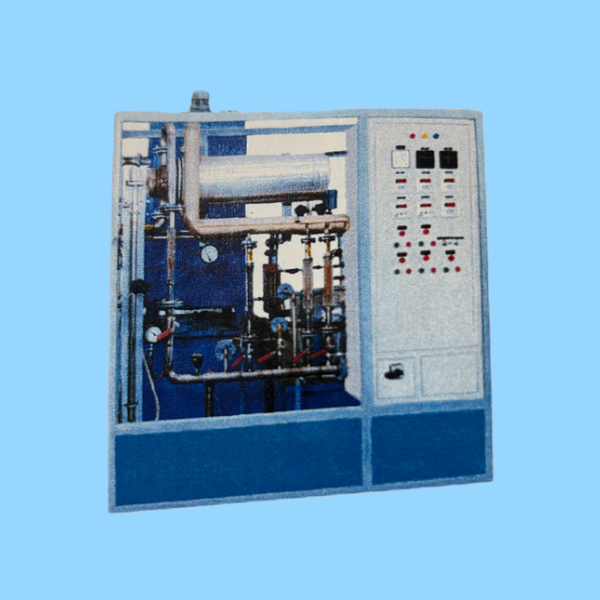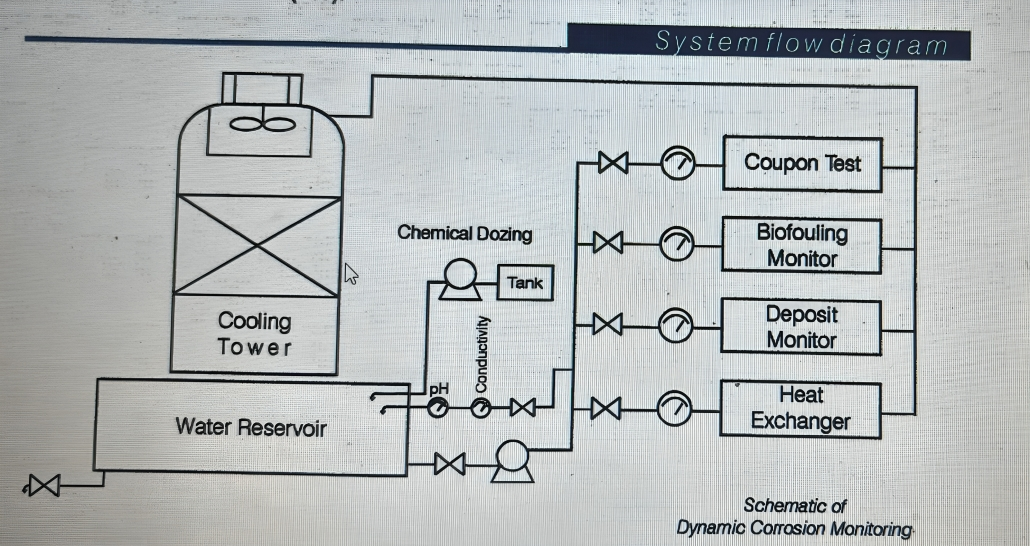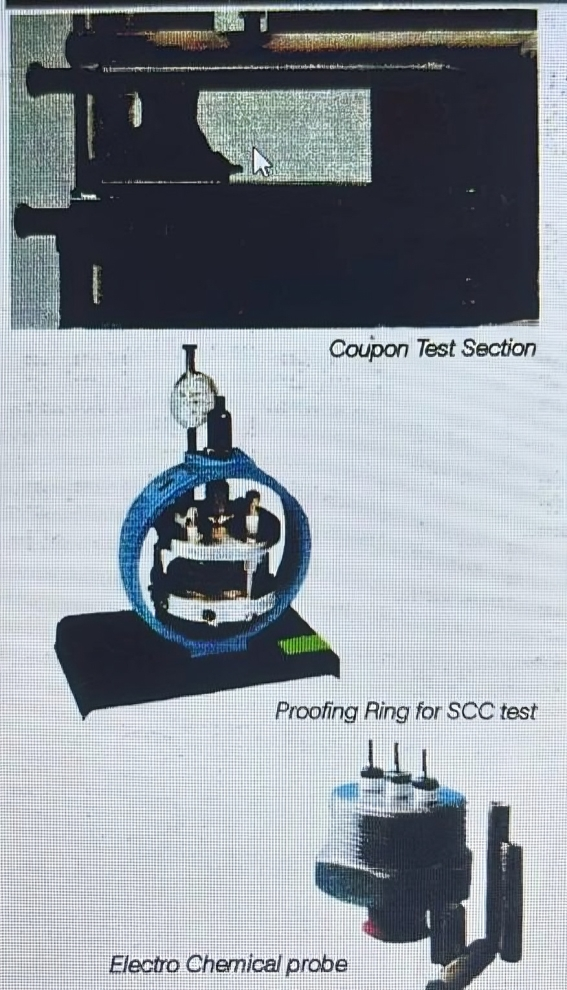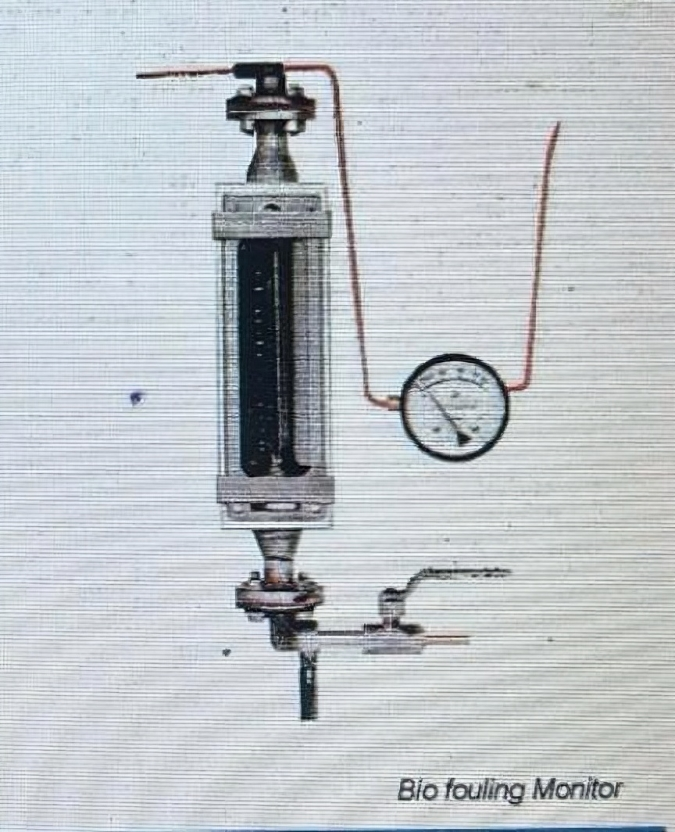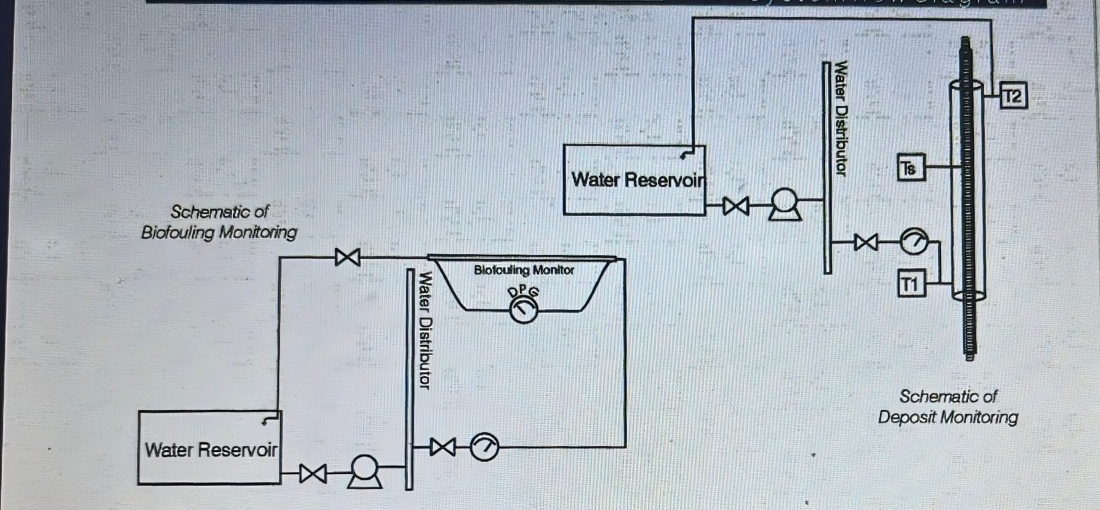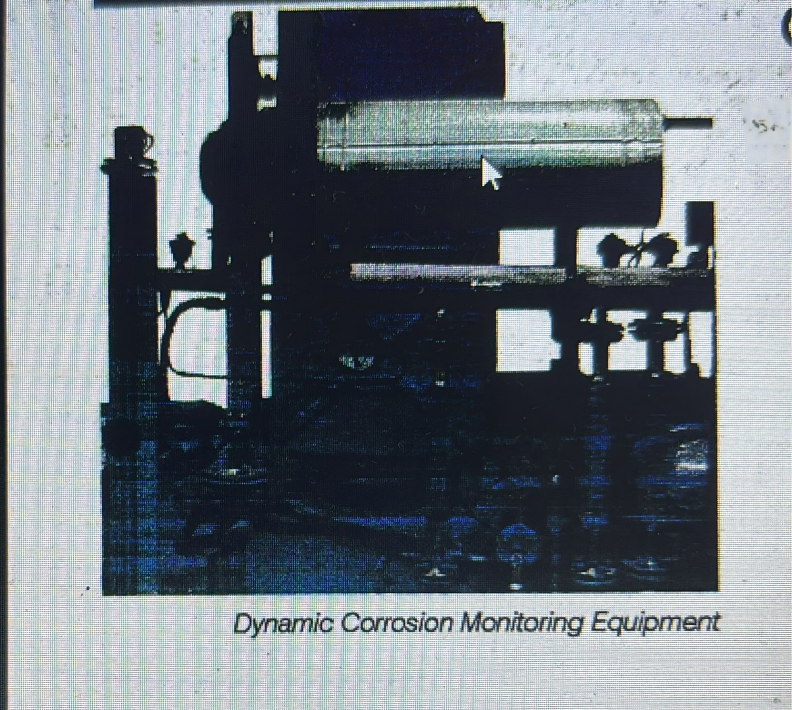Material Performance Testing in Laboratory under field conditions
Metals and alloys corrode due to their interaction with environments. Environments could be anything from humid coastal/industrial atmospheres, cooling water, and various other fluids used for heat transfer. The process of corrosion is insidious and is often difficult to anticipate until excessive deterioration has occurred. Annual loss due to corrosion is very high (10,000 crore) through replacement cost, plant shutdown, contamination of products, over design of equipments, reduction in efficiency, high maintenance and waste of valuable products. Corrosion also slows down technological progress and affects human safety.
Metals and alloys corrode due to their interaction with environments. Environments could be anything from humid coastal/industrial atmospheres, cooling water, and various other fluids used for heat transfer. The process of corrosion is insidious and is often difficult to anticipate until excessive deterioration has occurred. Annual loss due to corrosion is very high (10,000 crore) through replacement cost, plant shutdown, contamination of products, over design of equipments, reduction in efficiency, high maintenance and waste of valuable products. Corrosion also slows down technological progress and affects human safety.
Dynamic Conosion Monitoring Equipment is deriigned as a skid mounted mini plant to enable Material Performance Testing (MPT) in laboratory under field conditions. This equipment could be ptaced on stram with condenser or vario us other cool ers I hertf fransfersysliems.
Material Performance Testing in Laboratory under field conditions
In open recirculating system, water le reused after it has transferred the heat in the cooling tower. Makeup water is added to replace the evaporative losses. Open recirculating systems are oxygen saturated and may contain high level of dissolved solids. inlet temperatures of the heat transfer equipment are usually higher than those for once through cooling systems. Also, there may be & higher temperature differential across then Test Section heat exchanger. These factors may lead to build up of deposits and deterioration of the heat transfer equipment.
Closed circulating systems are connected to the heaters and coolers one after another. They do not have any evaporative losses and hence makeup is not necessary. However, corrosion by- products can easily accumulate and foul heat exchanges.
Water treatments chemicals are added in both open and closed circulating water systems and their concentration may differ depending on quality of water, type of chemical used and other physical parameters.
Testsectron has unique design constructd using seethrough clar aarylic material where both flatand tubular specftnens could be elposed. lf des,ired,, electrochemical prameters such as potential, galvanic current canld be logged using simple instrumenls followd by dumping the dab to a Personal Computer This facilily would enable the user for instantaneous corrosion rate masurements by LPR, ER including the most advanced technrQues such as Electrochemiml Noisein Potential/Current. (EPN/ECN) analyasis..
Material Performance Testing in Laboratory under field conditions
Laboratory corrosion tests carried out in static conditions can not simulate the prevailing conditions in the plant. That is why the lab data differs widely with those of plant. Addition of water treatment chemicals needs detailed evaluation using a recirculating system simulating plant conditions. At present no such integrated systems are available wherein various tests like coupon test, bio fouling, deposit monitoring and model heat transfer test could be performed. In view of this a skid mounted, compact, computer controlled system has been devised to fill these gaps. Also, provision has been made to make the system totally driven by single computer or controlled manually depending on once needs. The system also could be configured easily to meet the needs of an individual user.Instrumentation for corrosion measurement could be also calibrated using the system.
Deposit Monitor is online device where chemically treated water is flown over a heated surface resulting deposition of water borne residue owing to evaporation. Temperature gradient is measured for assessing effects on heat transfer, hence the extent of deposit. Micro organism's colonies settled inside the tube offer resistance to fluid flow. Differential pressure drop could be correlated with the friction factor, mean fluid velocity, pipe diameter etc. for the effective management of biofouling.
Material Performance Testing in Laboratory under field conditions
General Information
- This is an open reclrculattng Cooling Water System
- Heat Transbr is achieved between hot watEr or steam and the circulating wator
- Provision are made for hot water tiank, electric steam boiler and circulation of cold water
- Flow meters are provided in different units and equipment viz. coupon holding rack, biofouling monitor, deposit monitor, heat exchanger inlets for hot water and cold water. Also provisions are made on control panel for monitoring temperatures at the exchanger inlet and outlet as well as for deposit monitor.
- The hot water coming out of exchanger is again sprayed at the top ofthe tower for cooling purpose.
- The system can be customized for other fluids for Refineries, Petrochemicals, Pharmaceutical, Pulp & PaperIndustries etc.
- The system can also be customized for corrosion monitoring in the produced water medie.
Model heat exchanger can generate extremely useful data regarding corrosion of tube materiel, crud deposit, heat transfer etc as affected by water chemistry control. The tube are placed inside the shell with floating head configuretion which allows the use of tubes of different materials as well as of various configurations. Online corrosion monitoring device could be in place, if desired.
